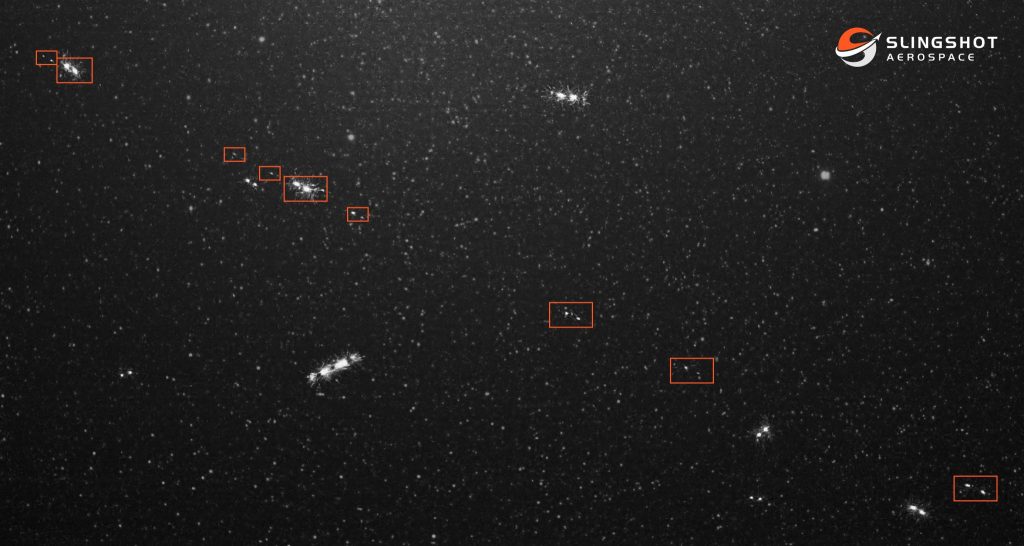
On August 6, China launched a Long March 6A rocket, which successfully deployed 18 satellites as part of the country’s “Thousand Sails” megaconstellation project. However, shortly after completing its mission, the rocket’s upper stage experienced an anomaly that led to a significant debris event.
The upper stage, modified to support multiple satellite deployments, was initially tracked by Slingshot Aerospace on August 7, which detected at least 50 pieces of debris. The cause of these fragments was unclear, with speculations ranging from issues with the rocket’s passivation system to structural failures.
By August 8, U.S. Space Command confirmed the event involved a major breakup of the rocket stage, with over 300 fragments being tracked. Meanwhile, LeoLabs, a space-tracking firm utilizing a global radar network, reported that the debris count was significantly higher, indicating at least 700 fragments, possibly exceeding 900.

These fragments are now aligned with the orbital plane of the 18 deployed satellites, posing a serious risk to other spacecraft in low Earth orbit. The debris cloud, located approximately 810 kilometers above Earth, is of particular concern due to its potential to remain in orbit for decades, depending on the size and density of the fragments.
This incident marks the second time a Long March 6A rocket has broken up in orbit, following a similar event in November 2022.
The increasing frequency of such debris-generating incidents highlights the urgent need for improved space debris mitigation strategies. The Chinese government has not yet commented on the incident, but with more launches planned for the “Thousand Sails” project, the international space community is closely monitoring the situation.
As the number of satellites and space debris in low Earth orbit continues to grow, the risk of collisions and further fragmentation increases, raising concerns about the long-term sustainability of space operations.
FTC: We use income earning auto affiliate links. More.



Comments